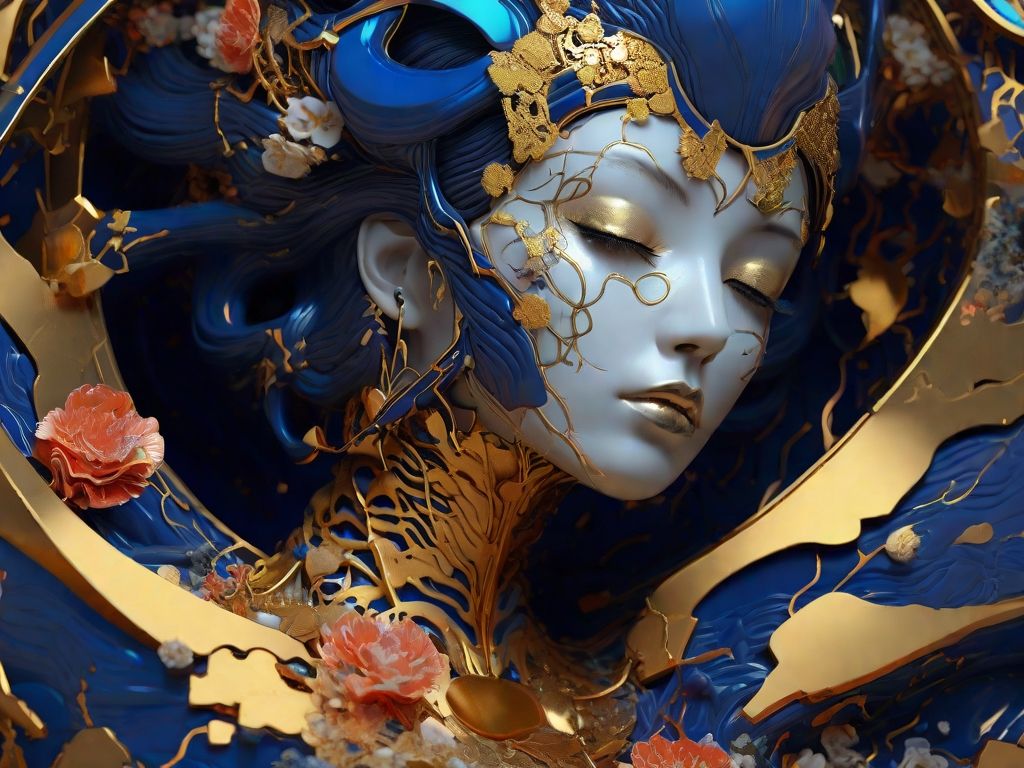
The tragic reality regarding eating disorders is that every objective, fact-based study and research paper indicates the number of persons afflicted with eating disorders, the severity of those eating disorders, and the mortality rate for persons afflicted with eating disorders are at the highest level we have ever known. In short, more people are suffering and more people are dying. And yet, no accountability is being taken. No consequences are being enforced. Honest answers to difficult and pointed questions are avoided or are non-existent.
There are undoubtedly many causes for that grim reality. Unfortunately, part of that reality must be laid at the feet of the eating disorder therapist mind set — group think currently infesting and harming the community.
In general, when many therapists are asked about the cause of the alarming reality, they point fingers at Covid, and “diet culture,” and fat phobia and white supremacy and weight discrimination and the patriarchy and ableism and healthism and every “ism” know to humankind.
However, where do most therapists refuse to point any fingers? What will not be investigated? The answer quite simply is … themselves. There is no push back let alone accountability. Conflicts of interest ignored. Patients also being utilized as employees. Narcissism. In the name of social justice, reduced priority given to those who suffer and their families. And that is the “most unkindest cut of all.”
Make no mistake … there are some incredibly erudite, insightful, wise, compassionate and inspirational therapists. They are more than deserving of our gratitude, admiration and respect. But they are far too few and far too unknown. And that leads to tribal mentality and questionable mind sets and programs.
For example, a new proposed, certification program for eating disorders, not even in its infancy and not accredited by anyone, starts to roll out its program not by discussing eating disorders, nor their serious nature, nor the many complex factors and issues involved nor the incomprehensibly horrific mortality rate. No. This program starts out by addressing “Indigenous Peoples’ Land Use Acknowledgement” and how you can reach out to groups supporting that “very important aspect of eating disorders.”
Because nothing says “this certification program is a very serious, hard-hitting, science based, evidence rich program designed to effectively address eating disorders in the 21st Century” than leading right out of the gate addressing Indigenous Peoples’ Land Use Acknowledgement! And the people who thought that would be an incredibly good idea are … therapists?
My initial response was going to expose the absurd nature of that messaging and its irrelevancy to eating disorders. In a very direct and blunt manner. But then sometimes, a different message comes to us in the most unexpected way. And in being open to that messaging and the wonders of the multiverse, we perhaps start to see and realize alternate ways of thinking, feeling and believing.
For there can be beauty in the broken.
Kintsugi is a Japanese art form that repairs broken pottery with gold, rendering a new piece more exquisite than it was before the break. It literally means “to join with gold.”
Katherine and Jay Wolf, in their book, Suffer Strong, state:
“The story of kintsugi—this style of pottery—may be the most perfect embodiment of all our trauma-shattered lives… Instead of throwing away the broken beloved pottery, we’ll fix it in a way that doesn’t pretend it hasn’t been broken but honors the breaking—and more so, the surviving—by highlighting those repaired seams with gold lacquer. Now the object is functional once again and dignified, not discarded. It’s stronger and even more valuable because of its reinforced, golden scars.”
An article written by Vaneetha Risner beautifully states, “Rather than trying to hide the damage, kintsugi highlights the repair. The imperfections are what make it beautiful and valuable. A broken piece that is put back together has more of a story, seems more authentic and real, is stronger and more resilient than something that has stayed pristine.”
“God is the restorer, the kintsugi Master who skillfully and tenderly puts the broken pieces of our lives back together.”
Kintsugi. Kintsugi.
And so, regarding that attempted new, broken certification program, roll it back, revise it, edit it. Consult with intelligent people who disagree with you. Collaborate with professionals from throughout the community not just those in your tribe. There is gold for you to use in addressing the flaws in the program. Find the gold and utilize it. Mold it and make something better. And most importantly, always remember… IT IS NOT ABOUT YOU!
Therapists … You are merely the messengers. It is about the families who are suffering from eating disorders. And when your child is suffering, you simply want them to heal, to embrace the richness of life.
Now, I don’t like to think of our suffering children as being “broken.” Perhaps, bent a bit. Fractured perhaps. But from those hardships, those obstacles, from deprivation, from fear and hurt and anger can come … healing. Enlightenment. Beauty. Resiliency and strength. Kintsugi.
Our therapists, those whom we entrust to help save the lives of our children, must embrace the concept of kintsugi. You must be wiser, more insightful, get past your preconceptions, your own fears, your own inner turmoil. Instead of believing you have all the answers, know that you absolutely do not. But you can get closer to a place of healing by opening your hearts, your minds, your souls to the wisdom of others.
Take the broken. And make it more beautiful than it ever was before.
Kintsugi.